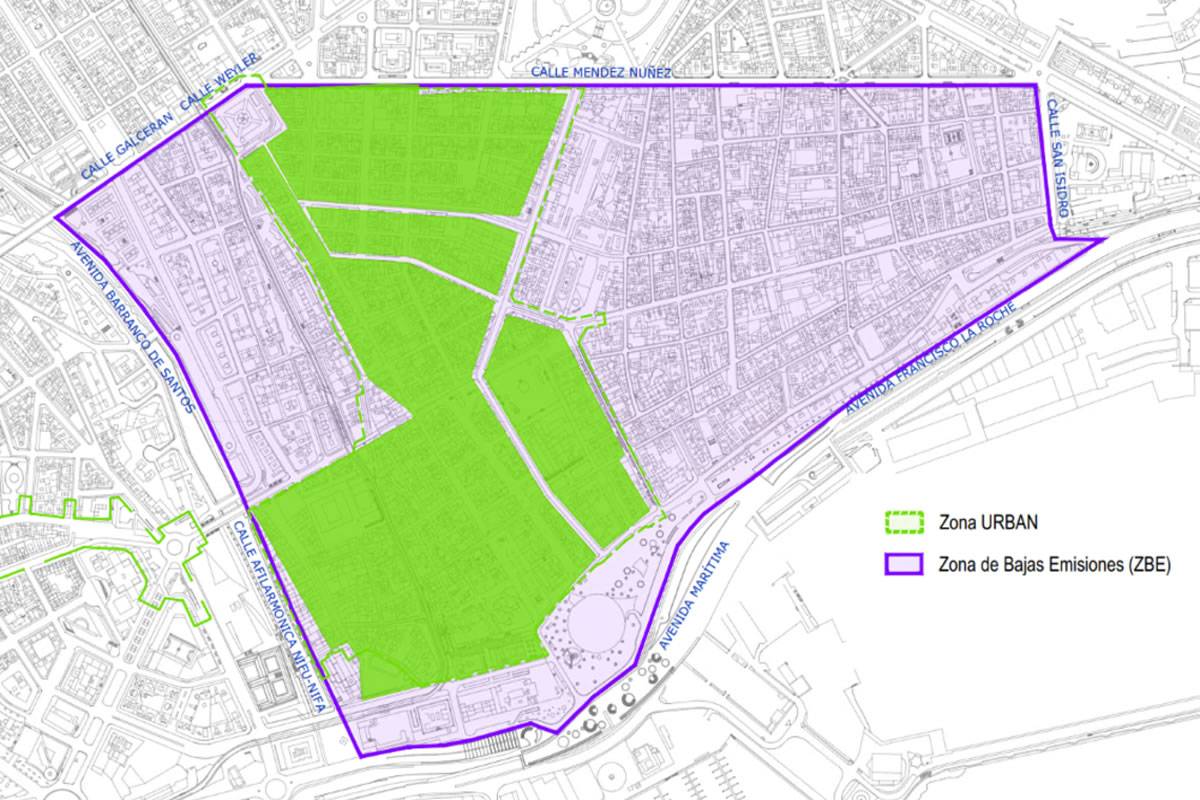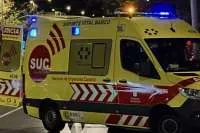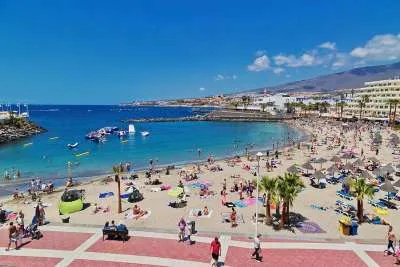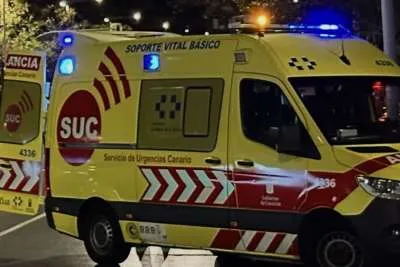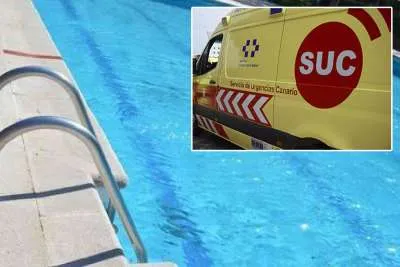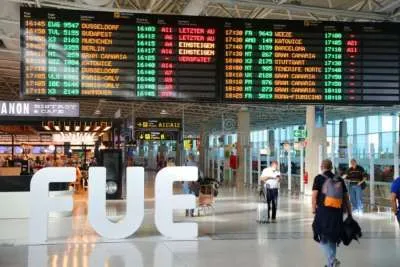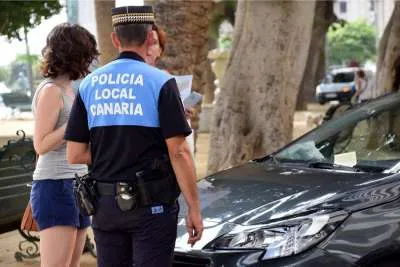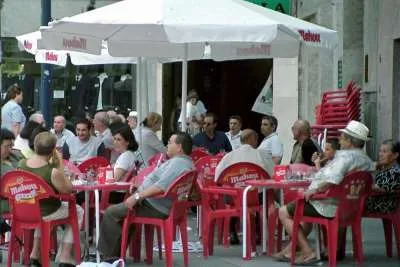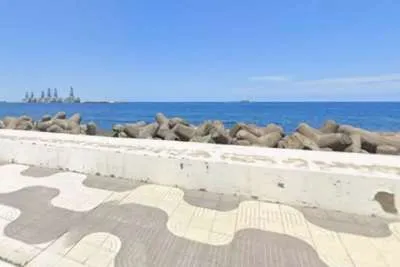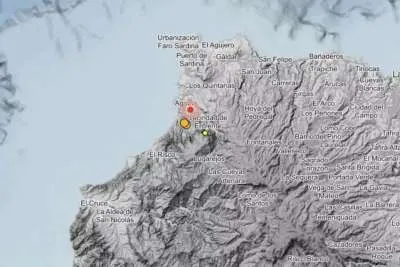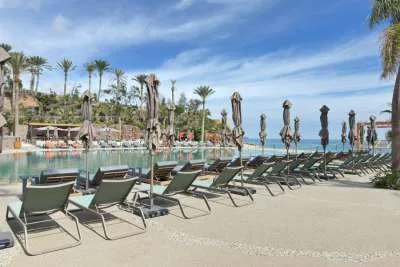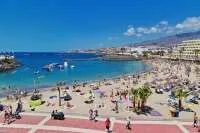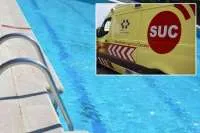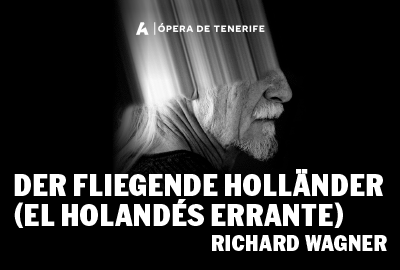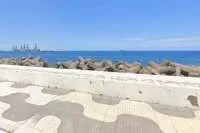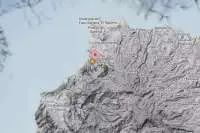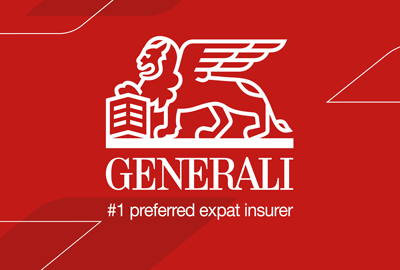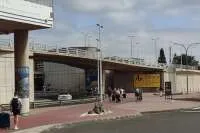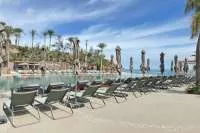Santa Cruz approves Low Emission Zone project showing vehicle access and regulations
- 11-06-2024
- Tenerife
- Canarian Weekly
- Photo Credit: Ayuntamiento de Santa Cruz
The Santa Cruz Council has officially approved the project for the Low Emission Zone (ZBE) in the capital of Tenerife. The initiative, backed by a €1.2 million European subsidy, aims to be fully implemented within the next decade. These projects are mandatory for all municipalities and island territories with populations exceeding 50,000 people.
Mayor José Manuel Bermúdez highlighted that the implementation hinges on the development of specific regulations. He praised the timely progress in line with EU funding requirements, noting that Santa Cruz is the only municipality in the Canary Islands to have met these deadlines.
Bermúdez called on the Canary Islands Government to coordinate ZBE implementation across the archipelago to ensure uniform application of new mobility standards in major cities, and expressed his concerns about the legal clarity in decision-making regarding ZBEs and urged the government to unify criteria to address these issues.
Carlos Tarife, Councillor for Public Services, Environmental Sustainability, and Strategic Planning, explained that the project includes the installation of 26 access control points equipped with security cameras and parking regulations.
The project stipulates that only certain vehicles can access, circulate, and park within the Low Emission Zone without needing municipal authorisation. These vehicles include those of essential public services such as state security forces, local police, mobility agents, fire services, civil protection, ambulances, emergency services, municipal tow trucks, private security vehicles, and health service professionals' vehicles.
Authorised vehicles also include those used by businesses and freelancers whose operations are based within the ZBE, or who operate in municipal markets located in the zone.
Additionally, vehicles visiting for medical consultations, treatments, or veterinary services, and commercial vehicles complying with environmental badge restrictions for urban goods distribution during designated times, will be allowed.
MONITORING AND ENVIRONMENTAL IMPACT:
Continuous monitoring will enable the evaluation of ZBE implementation and its environmental impact, allowing for necessary adjustments to improve effectiveness. Indicators will track air quality improvements associated with traffic reductions, using data from ten existing measurement stations in the metropolitan area, part of the Canary Islands Air Quality Control and Monitoring Network. Additional measurement nodes are planned within the ZBE.
Noise and energy efficiency indicators will also be employed to estimate energy savings resulting from ZBE measures.
The next steps include publishing the agreement in the Official Bulletin of the Province of Santa Cruz de Tenerife, and on the Council's website. Notifications will also be sent to the Canary Islands Government's Ministries of Ecological Transition, Energy, Public Works, Housing, and Mobility, as well as the Natural Environment, Sustainability, Safety, and Emergencies departments of the Tenerife Cabildo.
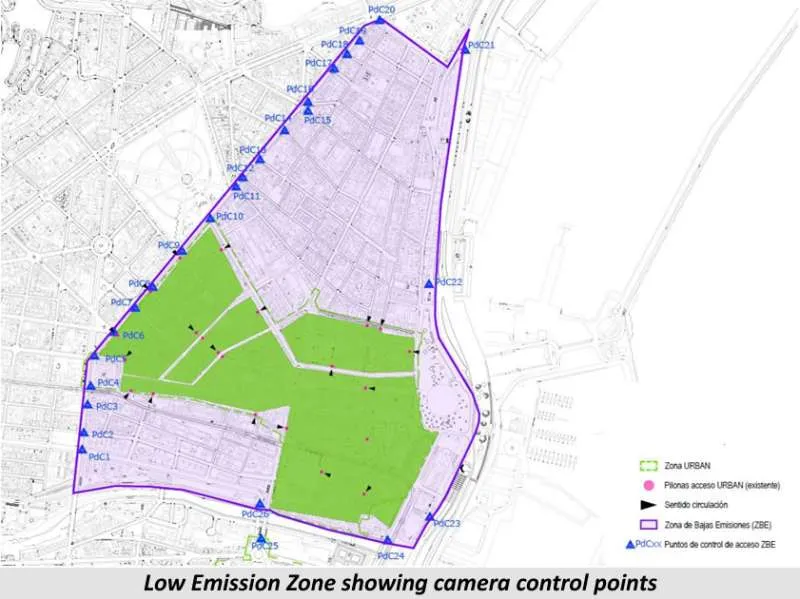
Other articles that may interest you...
Trending
Most Read Articles
Featured Videos
A Vision of Elvis Tenerife Promo
- 10-05-2025
Tenerife Travel Guide
- 13-12-2024
Live webcam from Lanzarote airport
- 13-12-2024


